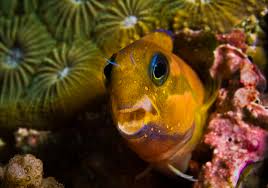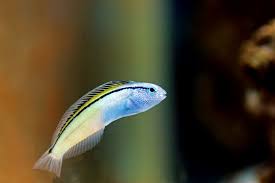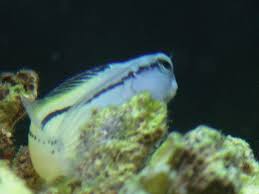
**Introduction**
While tomatoes may pose potential risks for cats, ensuring a balanced diet is essential for their overall health. In this article, we explore alternative food options that can be safely included in a cat’s diet, providing necessary nutrients without the associated risks of tomatoes.
**1. Cat-Friendly Proteins**
*Lean Meats:*
– Offer cooked, lean meats such as chicken, turkey, or lean beef. These are excellent sources of high-quality protein essential for a cat’s muscle development and overall well-being.
*Fish:*
– Opt for cat-friendly fish options like salmon or tuna, providing omega-3 fatty acids for a healthy coat and supporting cognitive function.
**2. Specialized Cat Food**
*Commercial Cat Food:*
– Choose high-quality, commercially available cat food formulated to meet feline nutritional needs. These products are carefully balanced to provide essential nutrients in the right proportions.
**3. Cat-Safe Fruits**
*Berries:*
– Blueberries, strawberries, or raspberries can be given as treats in moderation. They offer antioxidants and can be a tasty addition to a cat’s diet.
*Melons:*
– Watermelon or cantaloupe, devoid of seeds, can be a hydrating and nutritious snack for cats.
**4. Cooked Vegetables**
*Carrots:*
– Cooked carrots are a safe vegetable option for cats, providing beta-carotene for eye health.
*Peas:*
– Steamed peas offer a source of fiber and additional vitamins for a balanced diet.
**5. Dairy Products in Moderation**
*Cheese:*
– Some cats enjoy small amounts of cheese as an occasional treat. Monitor for lactose intolerance and offer lactose-free options if necessary.
**6. Catnip and Cat Grass**
*Catnip:*
– Catnip is safe and enjoyable for many cats. It can be sprinkled on their food or offered as a separate treat.
*Cat Grass:*
– Cat grass provides a source of fiber and can aid in digestion. It’s a safe and natural addition to a cat’s environment.
**7. Consultation with a Veterinarian**
Before making significant changes to a cat’s diet, it’s crucial to consult with a veterinarian. Veterinarians can provide personalized recommendations based on a cat’s age, health status, and specific dietary requirements.
**8. Conclusion: Prioritizing Feline Nutrition**
In conclusion, there are numerous cat-friendly alternatives to tomatoes that can contribute to a balanced and nutritious diet. From lean meats to specialized cat food and safe fruits, cat owners can provide a variety of options to meet their feline companion’s nutritional needs. Always prioritize consultation with a veterinarian to ensure that dietary choices align with the unique health requirements of individual cats.









